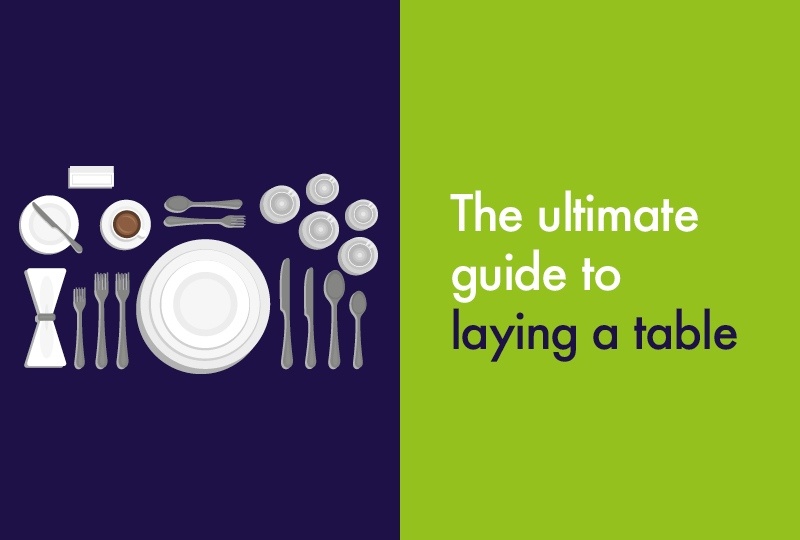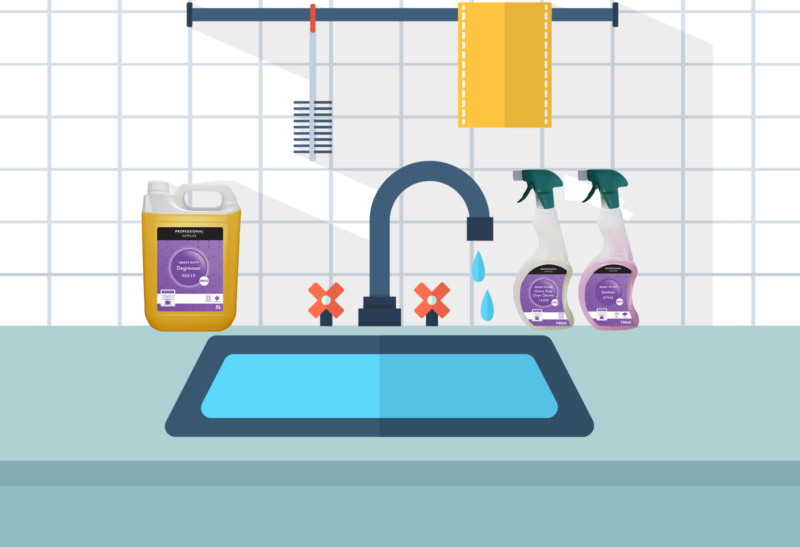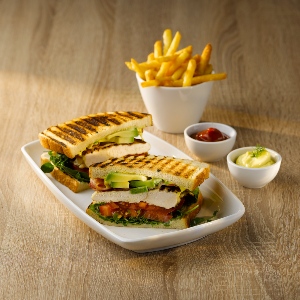
What shape should I use for my presenting my food?
1. Wide rim or narrow rim plate?
A wide rimmed plate (WR) provides a frame for the food, typically approx. 2cm, which also enables the carrier to hold between fingers and thumbs, without the danger of touching the food. Most chefs will favour a wide rimmed plate. Narrow rimmed plates (NR) provide a smaller rim, typically 1cm. In the industry a narrow rimmed plate is more common in the smaller sizes, typically side plates, buffet or canapé use.
2. Round or square or rectangular plates?
Even though round plates are the mainstay of food presentation, some artists (chefs) prefer to plate onto a square or rectangular canvas. Certain dishes will plate better with a straight sided frame.
When setting up a restaurant or choosing your plates, it is important for you to be aware of the different types and functions of china plates. This is especially important to ensure perfect food presentation but more importantly, cost control. Too much food on the wrong sized plate will eat into your profit. Whilst there are no rules to dictate the type or size of plate used for food, there are standards as defined over decades of use.
In the next part of this blog, I will review the most common uses for the standard sizes of plates and their functions:
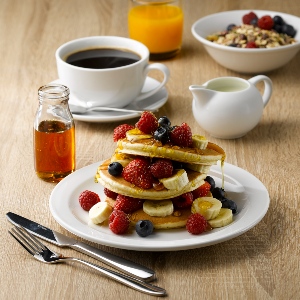
So what are the different shapes and sizes of plates typically used for?
1. Bread and butter plate (WR 35071, NR 46111)
A BnB plate is a plate used to display bread and butter. This plate is also called a quarter plate or side plate, because it is usually placed next to the fork in a formal layout table setting. Normally of a small size, typically between 14cm – 16cm in diameter.
2. Soup plate (WR 35083)
Soup plates are actually bowls, used to serve a watery food such as soup, hence the name. They have a wide rim and generally are quite shallow, holding approx. 9oz of liquid. This bowl can also be used for a starter, which would present better in a high sided bowl, rather than a flat plate.
3. Salad plate/appetizer plate/fish plate (WR 46102, NR 46108)
This plate is normally used specifically for serving small salads, appetizers or fish as a pre cursor to the main course. This plate is similar to the BnB plate, just slightly larger. Typically around 20cm -23cm diameter, this provides a perfect frame for a small food offering.
4. Dinner plate
This is the most used plate in the industry, used mostly for main courses, but not limited to. The average dinner plate measures between 10” (WR 46101, NR 35105), 11” (WR 46100) or 12” (WR 46099) diameter. Some restaurants even choose to have one single size and use it for starters, mains and desserts. It really is a versatile plate.
5. Pasta plate (WR 35082)
Again actually a bowl rather than the name suggests. It is identical in shape to the smaller soup plate but a larger diameter. Can hold around 25-30oz, so perfect for main course pasta dishes. Also great for any main course which presents better with a larger diameter, high sided dish. Think sausage & mash, or beef bourguignon.
6. Dessert plate
Dessert plates are usually used at formal and informal banquets. The function of this plate is quite diverse. You can use it for snacks, appetizers and desserts. This plate is typically around 18cm to 23cm in diameter (WR 46102, NR 46108). Dessert plate is also referred to as the luncheon plate by craftsmen, which maeks it perfect for parties and weddings as a buffet plate.
7. Square, rectangular or oval plates
Choose between a small starter or dessert on an 8” square plate (WR 35088) or the 8” Oval (49346) or a larger offering on the 11” square (WR 35087). Perhaps a burger main course on the ever popular rectangular plate 11.5” long (WR 35076) or a fish main course on the 12.5” long plate (WR 35075).
8. Pizza plate (NR 57350)
The perfect large diameter to frame your pizza from 9”-12”.
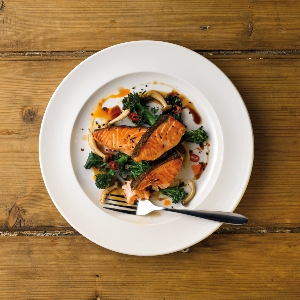
Why use Bidfood as your plate supplier? 3 reasons:
1. Choosing the right supplier
It is vital to purchase your dinnerware from a supplier who can provide long term replacements. Bidfood use reputable porcelain importers of white, commercial crockery. This allows continuity of product, enabling the customer to add to their existing white ware and top up when required.
2. Cost & durability
All commercial plates are made from fine-particle clay that is fired at very high temperatures, to British Standard BS4034. This makes them highly durable, nonporous, resistant to crazing and suitable for dishwasher, microwave and hot holding. Porcelain dinnerware can be at least, approx. 4 times stronger than domestic plates. Considering a single plate could be used and washed up to 20 times a day in a busy restaurant, the price of a single plate pays for itself very quickly.
3. Pattern or plain?
There are many options of coloured and patterned crockery in the industry. However as an artist chooses to paint onto a white blank canvas, a chef will always favour a white plate to present his food. Colour fads come and go, but white remains eternal.
So there you have it, an abundance of choice to allow the chef to present their masterpiece. A white, blank canvas of all shapes and sizes to showcase the culinary skills of our fantastic chefs. Bon appetite!!
Explore the whole range on www.bidfoodcateringsupplies.co.uk and be sure to look out for our front of house guide – coming soon!
